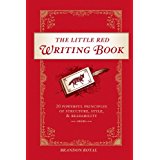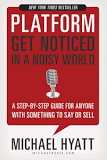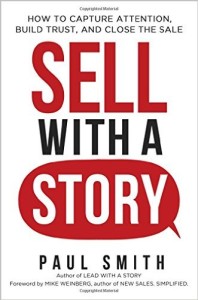The Logic and Logistics of Blogging for Business

“Writing is very much about the order of ideas presented and the emphasis given to them,” Brandon Royal explains in The Little Red Writing Book. There are two general things readers expect:
- to see ideas unfold logically
- to have writers give the most important ideas the most coverage
There are different “floor plans” for pieces of writing, including a chronological structure, where you discuss the earliest events first, then move forward in time, and an evaluative structure, in which you discuss the pros and cons of a concept. Different blog posts might use different “floor plans.” But no matter which approach, readers will expect to see those two things – logical presentation, and emphasis on the most important ideas.
“If your presentation is clear and structured, it will be useful and entertaining; if it is disorganized, your work will be confusing and of little value,” is the caution Lanterna Education offers its International Baccalaureate students. Laterna recommends the following sequence for students giving oral presentations:
- Introduce the overall theme
- Explain how each key idea will relate back to that overall theme
- Explain what your audience should know by the end of the class
- Review each idea, explaining how it taught something new to the class
In answer to the question “How long do users stay on Web pages?” Jakob Nielson of the Nielsen Norman Group says the following: Users often leave Web pages in 10-20 seconds, but pages with a clear value proposition can hold people’s attention for much longer.
“As users rush through Web pages, they have time to read only a quarter of the text on the pages they actually visit (let alone all those they don’t). So, unless your writing is extraordinarily clear and focused, little of what you say on your website will get through to customers,” Nielson warns, offering sobering stats that bear out the importance of the two items on Brandon Royal’s reader expectation list.
Is it all about logic and logistics! What about emotional appeal? Isn’t that what makes readers take action? Certainly, but first fulfill reader expectations of order and emphasis, then give heart to the writing with anecdotes, metaphors, stories, and humor!





Follow us online!